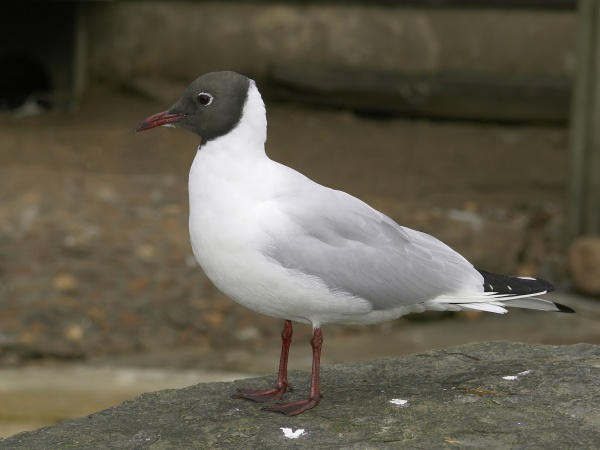Facts About Black-headed gull
The black-headed gull is a small migratory bird that can be observed in Europe, Canada, and North America. This species exhibits unique behaviors and adaptations that facilitate its survival. For example, after their chicks hatch, the gulls meticulously remove the eggshells from the nest. The chicks engage in synchronized begging, and the species is known for practices such as conspecific brood parasitism and extra-pair paternity.
These birds are social creatures with a varied diet that includes insects and carrion. They breed in colonies, often opting for reed beds or marshes as their nesting sites. Notably, their scientific name translates to "laughing gull."
It takes approximately two years for black-headed gulls to reach maturity, with survival rates differing between males and females. They have a long lifespan and are prevalent throughout Europe, Asia, and occasionally North America and the Caribbean.
During the breeding season, black-headed gulls exhibit several notable behaviors, such as eggshell removal and coordinated begging. Additionally, they partake in conspecific brood parasitism.
In terms of locomotion, these gulls demonstrate two distinct walking styles: head-bobbing and non-bobbing. They are also known to synchronize their vigilance activities with those of their neighbors, a practice that likely aids in predator detection.

 Germany
Germany